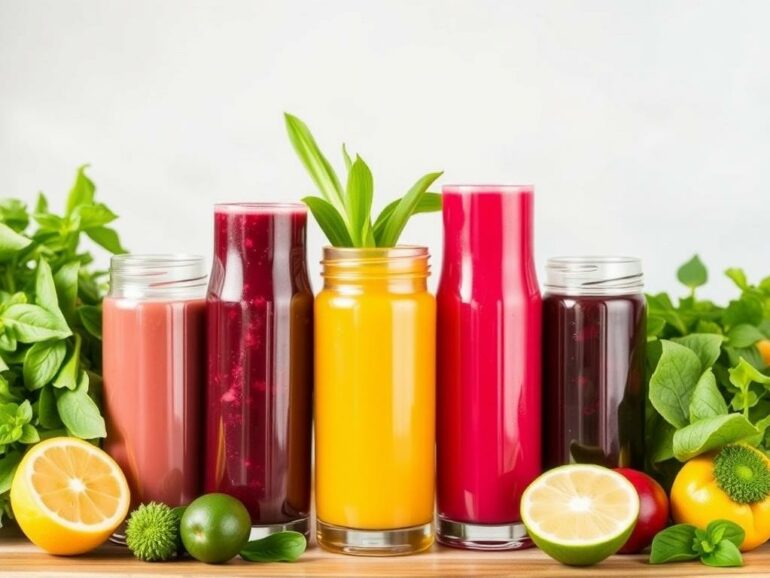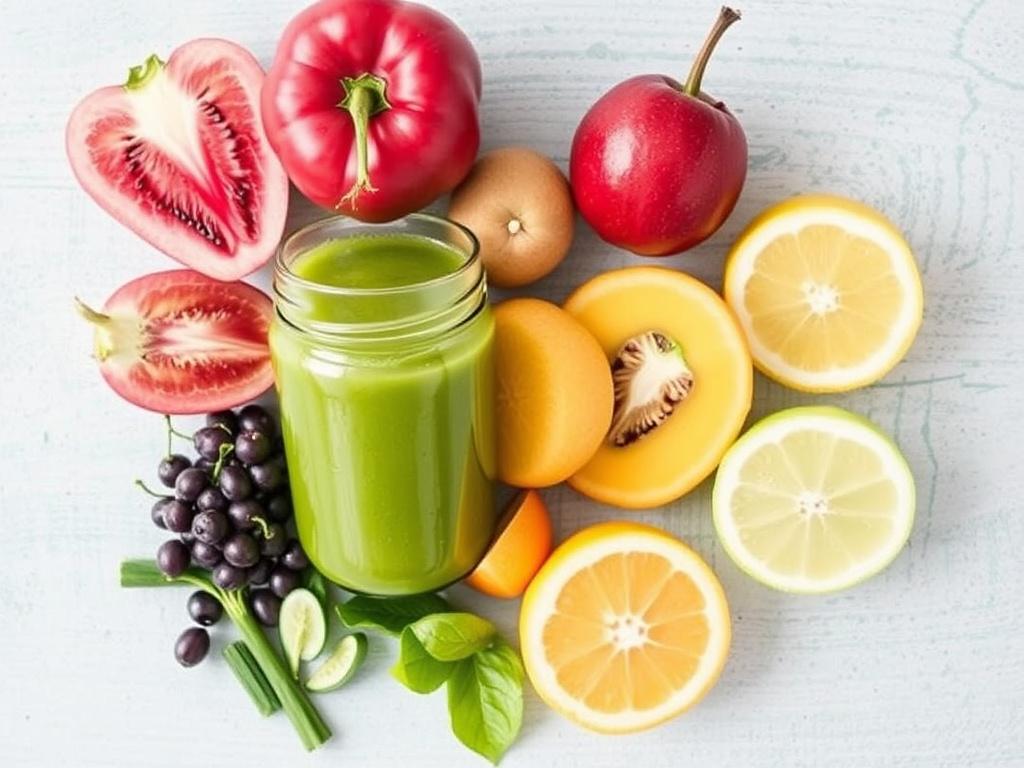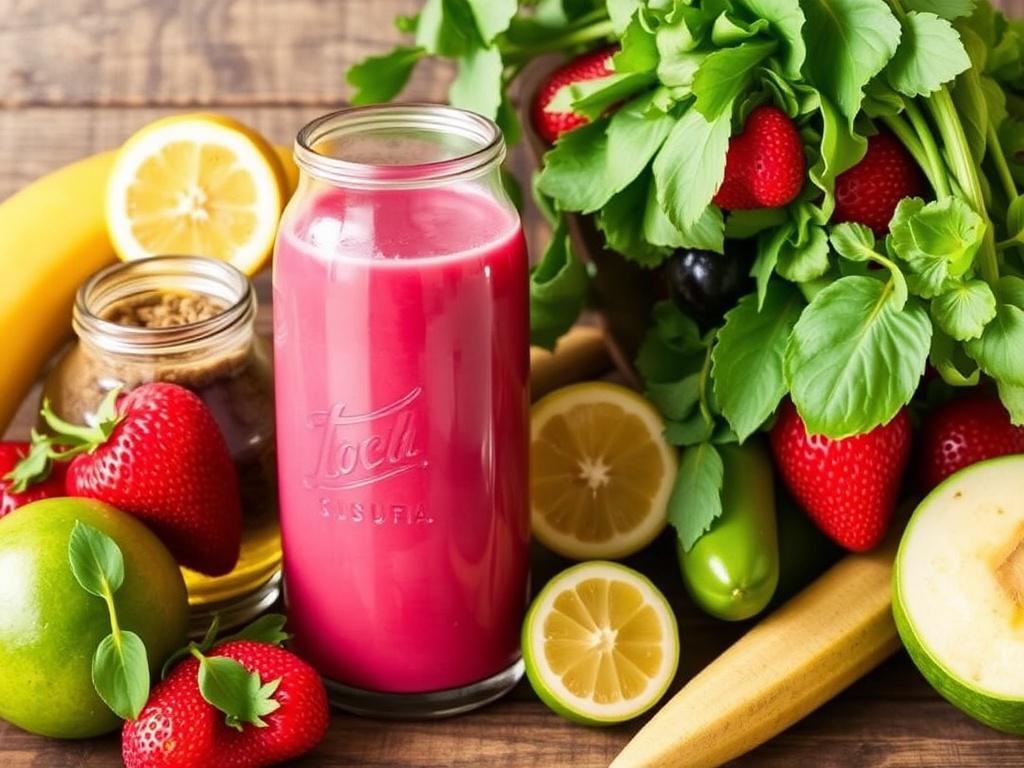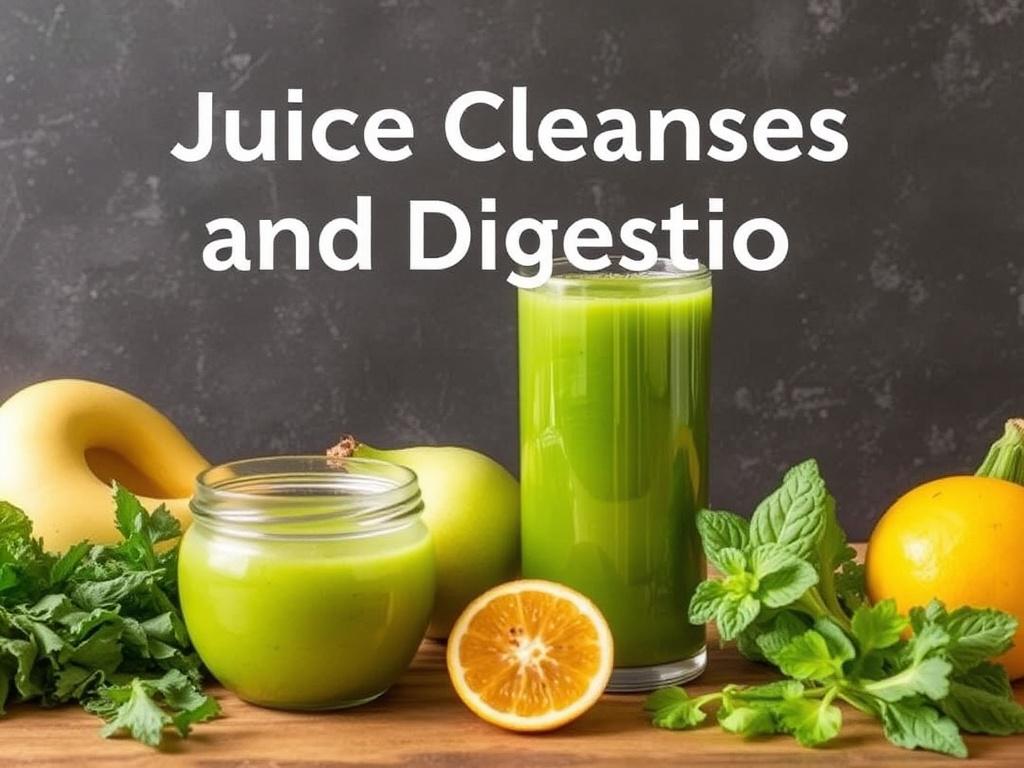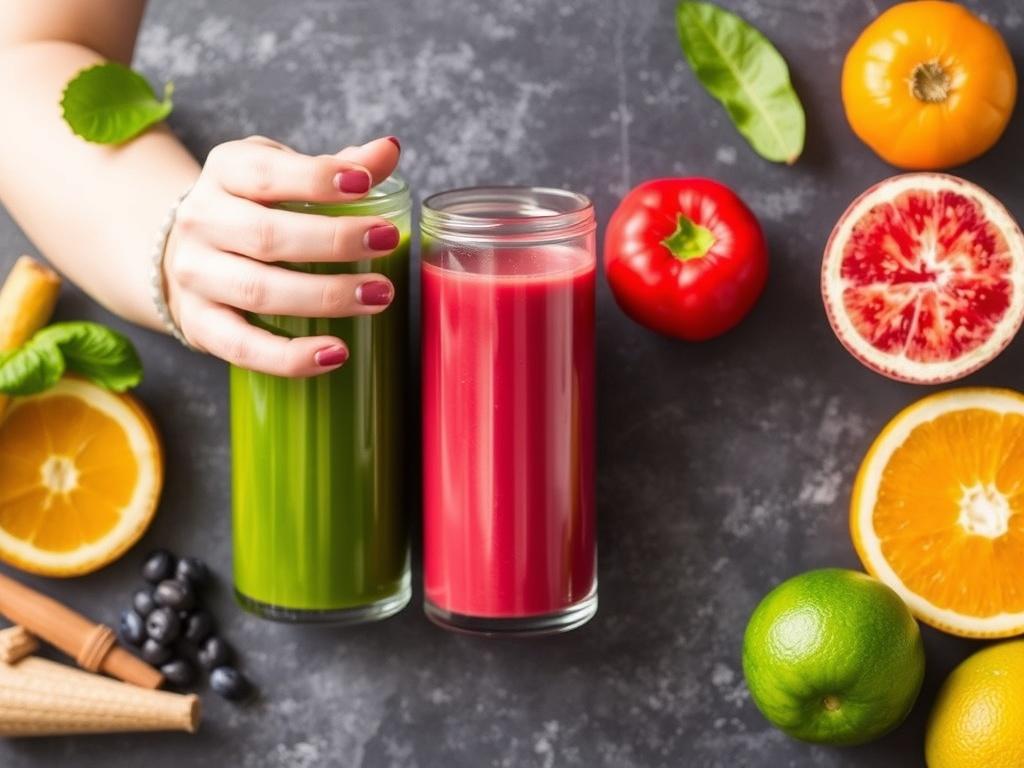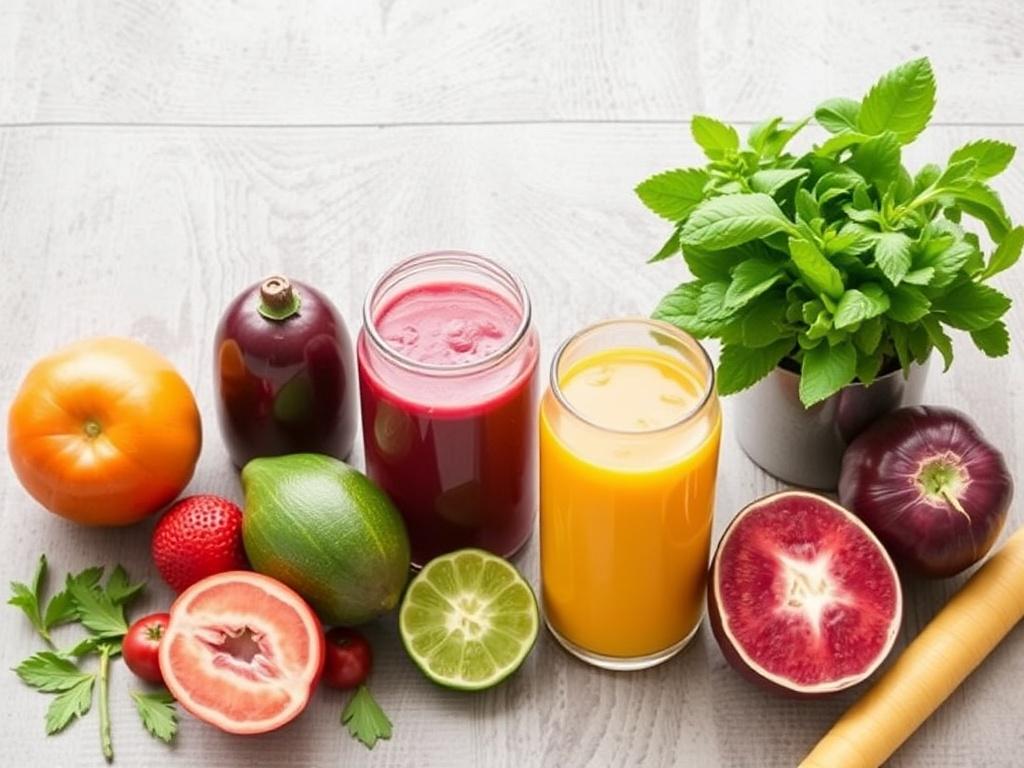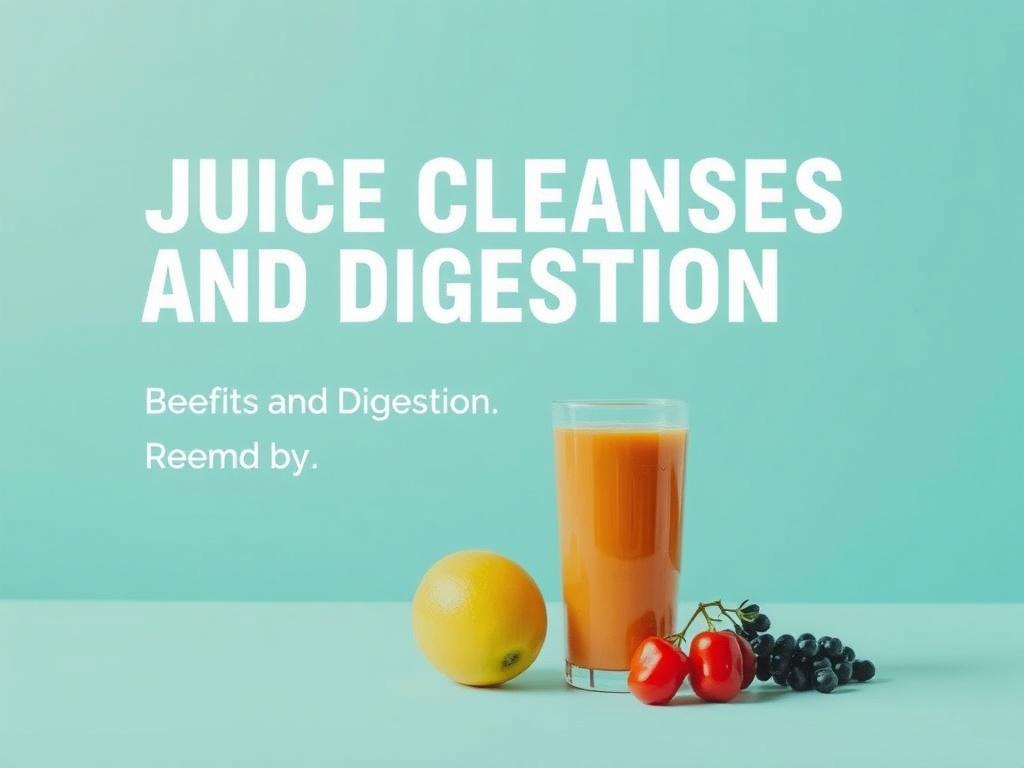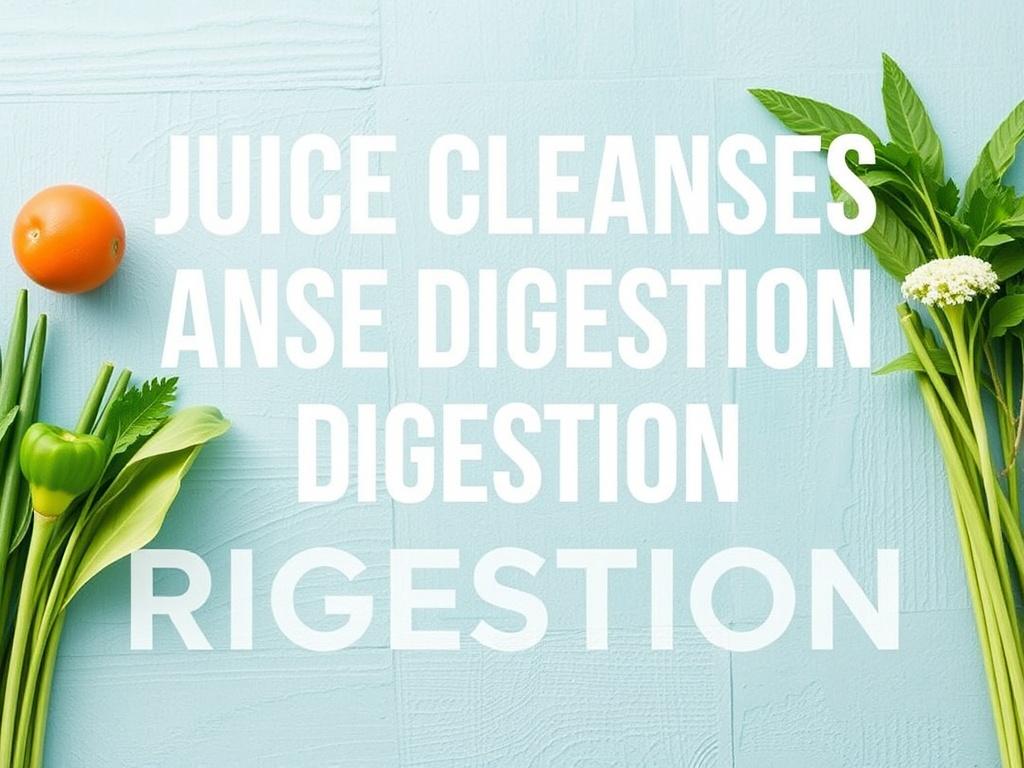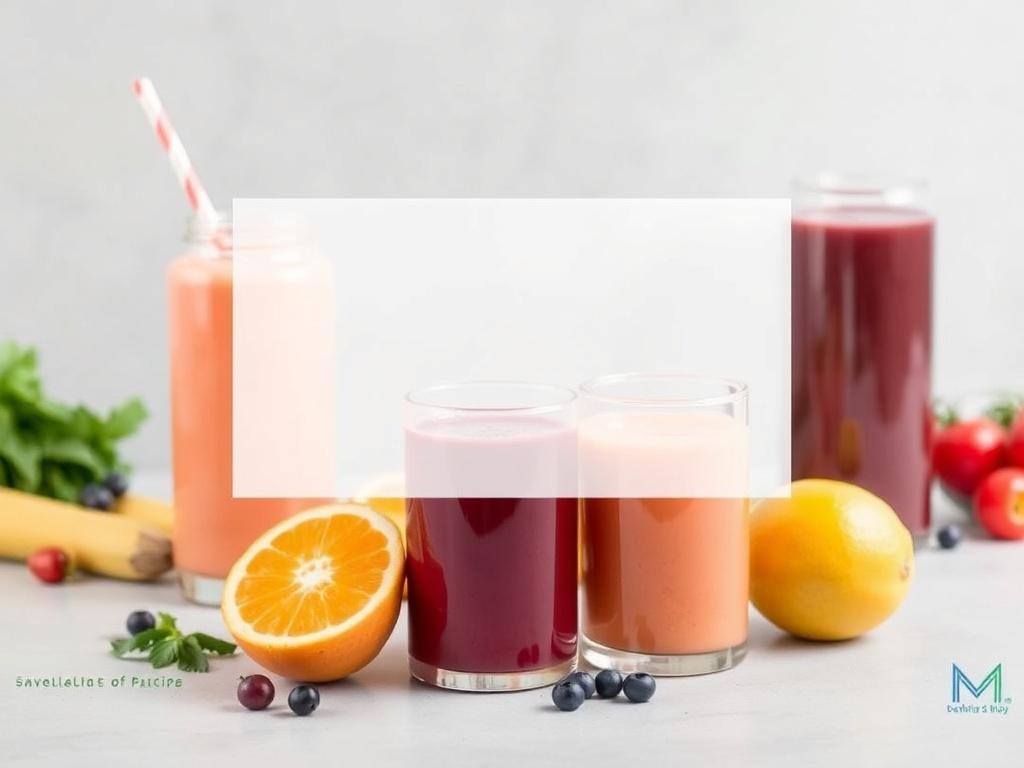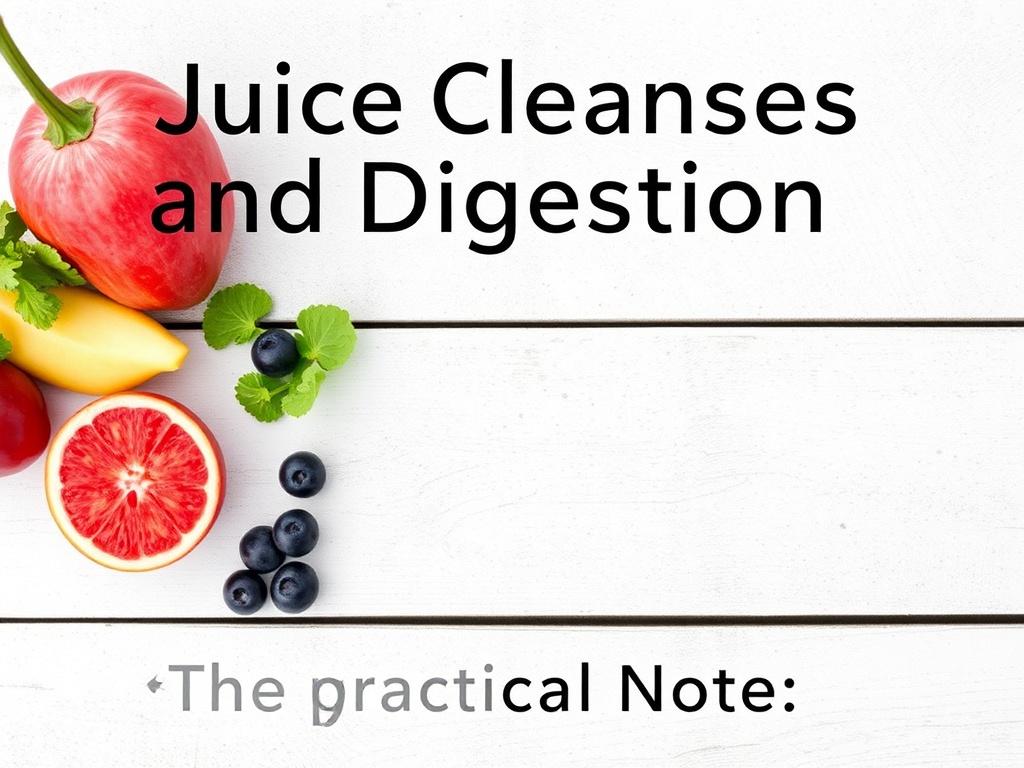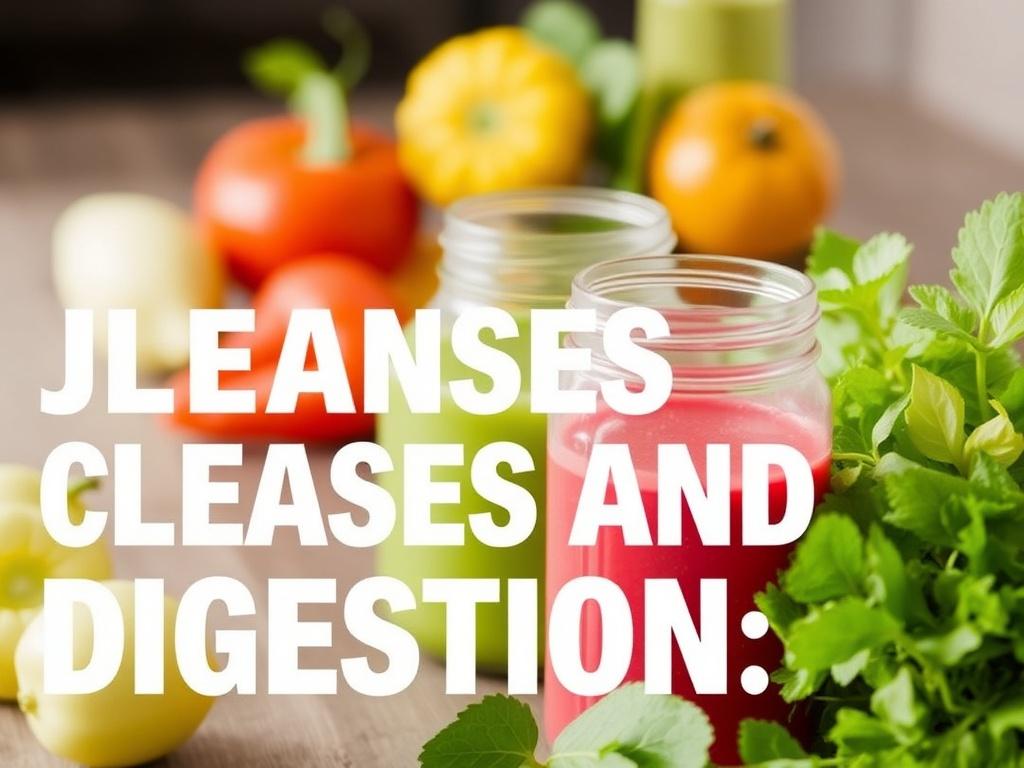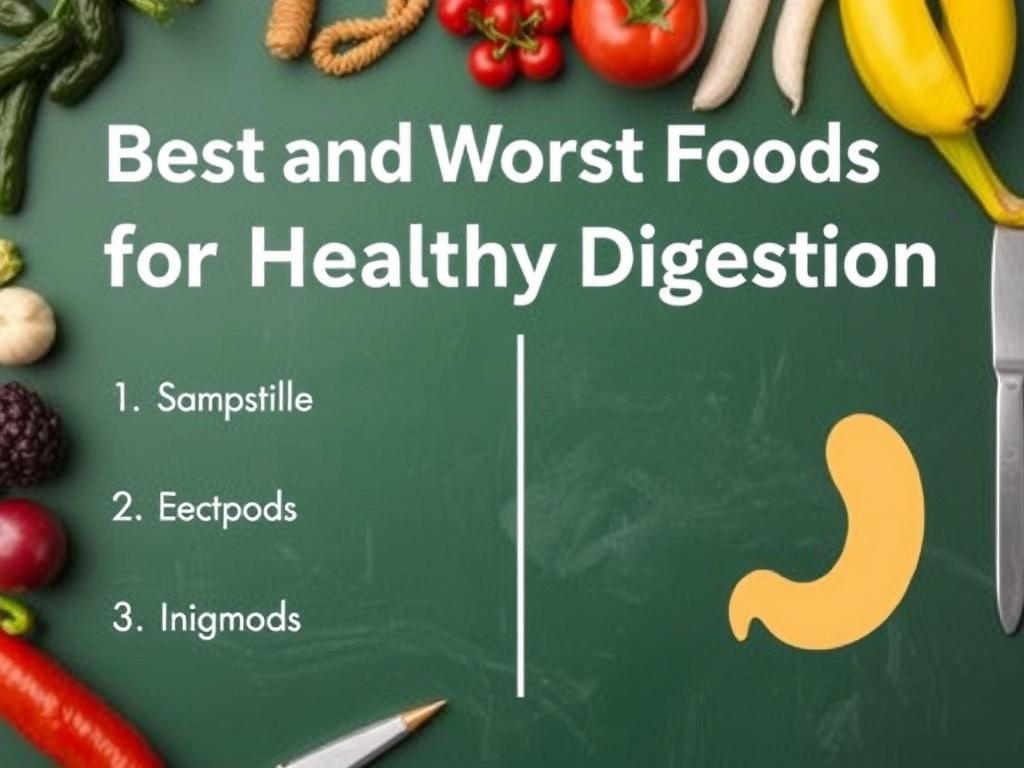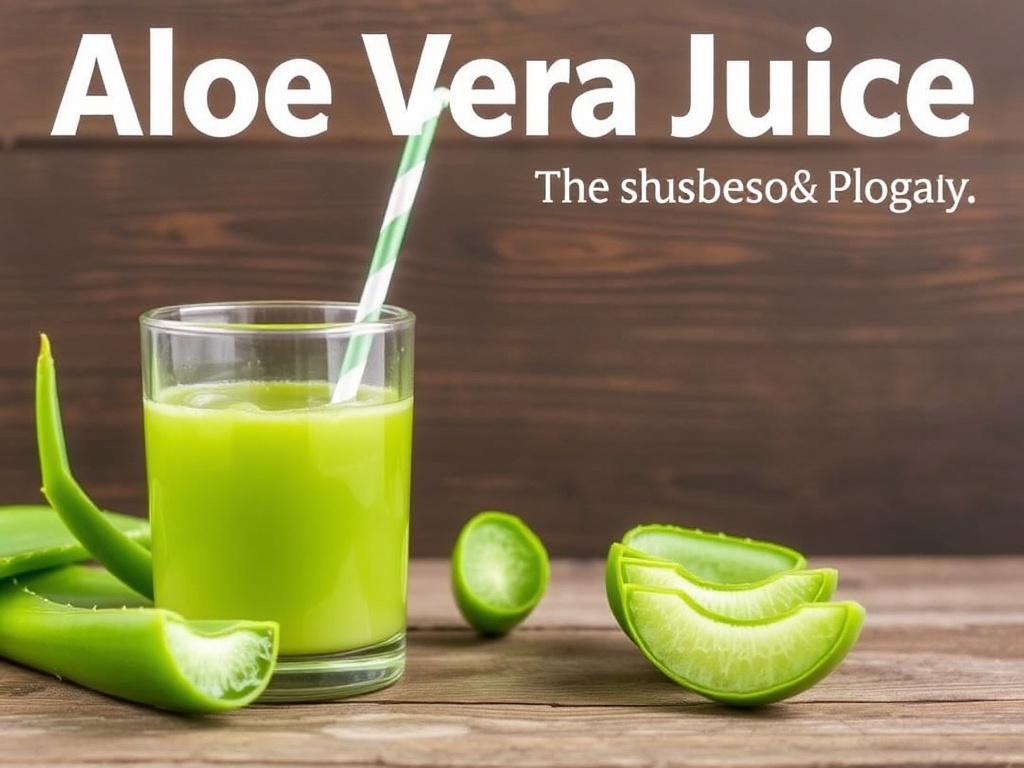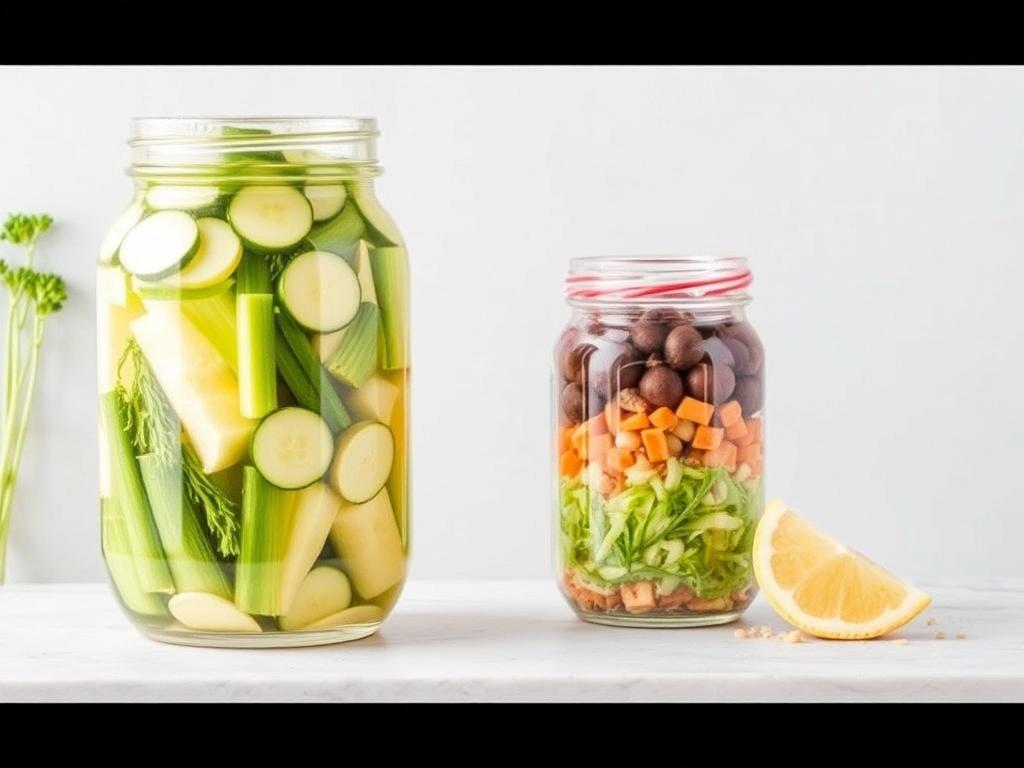There’s something almost ritualistic about a juice cleanse. The colorful bottles lined up in the fridge, the promise of hitting a reset button, the quick explanations about flushing toxins, lightening the load, or giving the digestive system a break. Whether you’re curious, skeptical, or already committed to your third day of celery-and-kale elixirs, it helps to understand what a juice cleanse actually does to digestion — and whether the benefits people Instagram about are real, temporary, or potentially harmful. In this article we’ll walk through the science in a friendly, clear way, exploring how a juice-only period changes digestion, what short-term wins may be realistic, what risks are worth paying attention to, and how to approach cleanses thoughtfully if you decide to try one.
This is not a moral debate about willpower or wellness culture. Instead, we’ll look at anatomy and physiology, the role of fiber and calories, how the microbiome reacts, and what the best evidence says. We’ll give practical tips for anyone who wants to try a cleanse safely, plus alternatives that preserve digestive health without extremes. Think of this as a guided tour of your gut during a juice cleanse — from mouth to colon, with a few detours into blood sugar, hormones, and how to come back to solid food without wrecking your digestion.
What Is a Juice Cleanse?
At its simplest, a juice cleanse replaces some or all solid food with fruit and/or vegetable juices for a defined period — it might be 24 hours, three days, a week, or longer. People use the term to mean a lot of things: some cleanses are just home-made smoothies and juices, others are professionally prepared cold-pressed juices delivered in a regimented sequence. Some include herbal teas or water-only windows, and others allow a single light meal a day. Because there’s no single definition, the effects on digestion vary widely depending on the type of cleanse, the ingredients used, and how long you stick to it.
Here are common varieties you’ll encounter:
- Short fasts (24–48 hours) where juices supplement or replace meals temporarily.
- Multi-day commercial cleanses (3–7 days) with a fixed menu of juices and little to no solid food.
- Juice-and-smoothie hybrids that retain some pulp or blended ingredients, providing more fiber.
- Detox-style programs that include herbs, supplements, or laxatives — these are more extreme and often riskier for digestion.
Why People Try Them
People choose juice cleanses for many reasons: the promise of rapid weight loss, the idea of resetting poor eating habits, hope for clearer skin or improved energy, or because they feel bloated and want a simpler way to feel lighter. For some individuals with sensitive stomachs or certain food intolerances, a temporary break from heavy fats, dairy, or processed foods can feel like relief. But because personal stories and social media posts dominate the conversation, it’s easy to overgeneralize one person’s success into a universal truth. The scientific reality is messier and depends on what your body needs, how the cleanse is structured, and how you transition back to a normal diet.
How Digestion Normally Works: A Quick Tour
To understand how a juice cleanse affects digestion, let’s briefly review what your digestive system does when you eat a usual meal. Digestion begins in the mouth where chewing and saliva start breaking down carbohydrates. Food travels down the esophagus to the stomach, where acid and enzymes begin to dismantle proteins and mix food into a thin liquid called chyme. The small intestine is where the magic really happens: enzymes and bile further break down fats, proteins, and carbohydrates into absorbable molecules. Nutrients and water get absorbed through the intestinal lining into the bloodstream. Anything the body can’t use — indigestible fiber, dead cells, some bacteria — moves into the colon (large intestine), where the microbiome ferments fiber, producing short-chain fatty acids and gases, and helps maintain gut health.
Key players in digestion include:
- Enzymes (from saliva, pancreas, and gut lining) that chemically break down food.
- Bile from the liver, which emulsifies fats so enzymes can act on them.
- Gut microbiota that ferment fiber into beneficial compounds like butyrate.
- Gut motility (peristalsis) that moves contents along at a regulated pace.
- Gastrointestinal hormones that signal hunger, fullness, and digestive secretions.
How Much Fiber and Bulk Matters
Fiber provides structure and volume to the stool, slowing digestion and helping regulate blood sugar. It also feeds beneficial bacteria in the colon. Whole fruits and vegetables contain both soluble and insoluble fiber, which support satiety and gut health. Juices — especially those that are strained or cold-pressed and lack pulp — remove most insoluble fiber and much of the beneficial bulk. Smoothies or blended juices retain more fiber and therefore have different effects on digestion and blood sugar than clear juices do.
What Juice Cleanses Do to Digestion
When you switch to juice, several things change quickly. The calorie and macronutrient profile shifts toward higher simple sugars (from fruit) or lower protein and fat, depending on the juice composition. Fiber — particularly the insoluble variety — is often substantially reduced. That means less bulk in the gut and a different food source for the microbiome. Gastric emptying (how fast the stomach passes contents to the small intestine) can increase with thinner liquids, changing how quickly sugars are absorbed into the bloodstream. Digestive enzyme demand may fall because there’s less complex food to break down, but bile secretion might also decline if dietary fat intake is low, which can be relevant for people prone to gallstones.
Some common digestive effects people notice during a cleanse include:
- Changes in stool frequency and consistency: some people experience looser stools or diarrhea; others face constipation.
- Reduced sensations of bloating and heaviness — often temporary and related to lower fiber or lower fat intake.
- Altered gas and odor patterns due to shifts in the microbiome’s substrates.
- Temporary reductions in acid reflux for some, but worse symptoms for others because of concentrated fruit acids.
- Energy fluctuations tied to blood sugar changes, which can indirectly affect digestion through hormonal shifts.
Microbiome: What the Bacteria Experience
Your gut bacteria thrive on the fibers, resistant starches, and polyphenols found in whole foods. When you reduce insoluble fiber and switch to juices high in simple sugars, you alter the feeding landscape. Some bacteria that love fiber may decrease, while sugar-loving species can increase. These shifts can happen quickly — within days — and often reverse once the diet returns to normal. The production of beneficial short-chain fatty acids like butyrate may drop with low-fiber juice-only diets, potentially reducing some anti-inflammatory signals in the colon. For most healthy people doing short cleanses, these changes are transient; for longer or repeated cleanses, the cumulative effects are less clear.
Potential Benefits of Juice Cleanses for Digestion
Despite the controversies, there are plausible benefits from short-term juice cleanses for certain people. Some effects are physiological and others psychological or behavioral. It’s helpful to separate immediate, short-lived outcomes from longer-term changes that require a different approach.
- Hydration: Many juices have a high water content, which can help with mild dehydration and promote smoother bowel movements for some people.
- Short-term reduction in heavy or greasy foods: Replacing processed or high-fat meals with vegetables and fruits can reduce post-meal bloating and discomfort for people sensitive to fats or additives.
- Concentrated micronutrients: Fresh vegetable juices can deliver a quick dose of vitamins, minerals, and phytonutrients that might be beneficial if you’re deficient or not eating many vegetables.
- Reset habitually poor choices: A brief cleanse can provide a mental reset, helping people break patterns of overeating or relying on fast food — but maintenance requires sustainable habits afterward.
- Easier digestion for certain conditions: In some short-term medical contexts, a low-residue (low-fiber) diet is recommended to reduce bowel volume temporarily, for example before certain procedures. However, this is distinct from commercial cleanses and should be done under medical supervision.
It’s important to emphasize the word short-term. Many of the perceived benefits fade quickly once a normal diet resumes, and some might be explainable by calorie restriction rather than the juice itself.
Risks and Downsides for Digestive Health
There are several potential risks to consider, especially for cleanses that extend beyond a few days or involve very low calories. Digestive consequences can be immediate or delayed, and some can be serious depending on individual health status.
- Nutrient deficiencies: Juices low in protein and fat do not provide all essential amino acids or adequate fat-soluble vitamins over time. Poor intake can affect gut lining health and overall repair mechanisms.
- Electrolyte imbalance: Very low-calorie or prolonged cleanses without appropriate salt and minerals can cause imbalances that affect gut motility and overall physiology.
- Blood sugar volatility: Fruit-heavy juices can spike blood glucose and insulin, particularly for people with insulin resistance or diabetes. These swings can be taxing on digestion and energy balance.
- Gallbladder issues: Reduced fat intake lowers the stimulus for bile release. In susceptible individuals, prolonged low-fat intake — followed by a sudden return to fatty meals — can precipitate gallstone pain.
- Constipation or diarrhea: Lack of insoluble fiber can slow colonic transit and cause constipation in some, while rapid shifts in diet and osmotic load from concentrated juices can cause diarrhea in others.
- Muscle loss and slowed metabolism: Prolonged low-protein intake can lead to muscle catabolism. Losing lean mass affects basal metabolic rate and long-term digestive health indirectly.
- Microbiome disruption: Repeated or prolonged low-fiber periods can reduce beneficial microbes and their protective metabolites.
Some risks are amplified in certain populations: pregnant or breastfeeding people, children, older adults, people with diabetes, those on medications, and anyone with a history of eating disorders should avoid unsupervised juice cleanses or do them only with medical guidance.
Who Should Avoid Juice Cleanses
In practical terms, the following groups should be cautious or avoid juice-only cleanses unless supervised by a clinician: people with type 1 diabetes, those on insulin or medications affecting blood sugar, anyone with active digestive diseases (like inflammatory bowel disease) unless approved by their gastroenterologist, underweight individuals, pregnant or breastfeeding people, and anyone with a history of disordered eating. Even athletes and people with physically demanding jobs should be wary of very low-calorie cleanses that don’t meet energy needs.
What Does the Evidence Say?
Research specifically on commercial juice cleanses is limited. Many studies that examine fasting or calorie restriction are not the same as consuming processed or cold-pressed juices for several days. The scientific literature tends to fall into three categories: small clinical trials looking at short-term metabolic effects, observational reports and case studies noting adverse events, and laboratory studies on microbiome changes in response to altered fiber intake. The bottom line is that hard conclusions are rare: benefits are often modest and temporary, while risks — particularly for vulnerable people — can be more significant.
| Claim | Typical Evidence | Strength/Limitations |
|---|---|---|
| Rapid detoxification | The liver and kidneys handle most toxins; no clinical evidence that juices accelerate removal. | Weak — detox claims are largely marketing-driven. |
| Weight loss | Short-term calorie restriction leads to quick weight loss; often water and glycogen loss rather than fat loss. | Moderate short-term effect; poor long-term maintenance without behavior change. |
| Improved bowel comfort | Some people report less bloating when they stop eating heavy meals; changes are subjective. | Variable — depends on what was replaced and individual sensitivities. |
| Microbiome improvement | Low-fiber juice diets often reduce beneficial bacteria; high-fiber smoothies may help. | Inconclusive; depends on fiber content and duration. |
Put simply: juice cleanses can cause measurable short-term metabolic changes mostly because of calorie reduction and composition, but they are not magic. The “detox” narrative is not supported by mainstream science. Long-term health benefits require sustainable dietary changes, not short-term juice-only interventions.
Practical Guidelines: If You Decide to Try a Juice Cleanse
If, after reading this, you decide that a short juice cleanse is right for you, follow practical guidelines to reduce digestive risks and make the experience more comfortable and beneficial.
- Keep it short: Limit full juice-only cleanses to 24–72 hours unless under medical supervision. Shorter durations reduce risk of nutrient deficiencies and muscle catabolism.
- Choose juices wisely: Favor vegetable-based juices with moderate fruit to keep sugar down. Include greens, beets, cucumber, celery, and smaller portions of sweeter fruits like apple or pear.
- Include some pulp or smoothies: Blended juices retain fiber, blunt blood sugar spikes, and support the microbiome better than strained juices.
- Don’t eliminate protein entirely: If possible, include a small source of protein or have higher-protein smoothies (e.g., with nut butter, yogurt if not strictly juice, or protein powder) especially if you plan a multi-day cleanse.
- Maintain electrolytes: Include a pinch of salt in water or drink mineral water to prevent imbalances, particularly if you’re sweating a lot or the cleanse lasts several days.
- Monitor blood sugar: People with diabetes or prediabetes should check glucose levels and consult their clinician before starting any juice regimen.
- Be careful with herbs and laxatives: Avoid cleanses that rely on strong herbal purgatives or diuretics; they can cause dehydration and electrolyte problems.
- Plan your reintroduction carefully: Transition back to solid foods gradually, starting with cooked vegetables, soups, and easy-to-digest proteins rather than jumping into heavy meals.
Sample Day: A Gentle Juice Cleanse That Respects Digestion
| Time | Drink | Why it’s helpful |
|---|---|---|
| Morning | Green smoothie: spinach, half banana, cucumber, unsweetened almond milk, spoon of flax or chia | Provides fiber, hydration, mild protein/fat from seeds, and steadyizes blood sugar. |
| Mid-morning | Vegetable juice: celery, cucumber, green apple, lemon | Low sugar, hydrating, and easy on the stomach. |
| Lunch | Beet and carrot juice with ginger | Provides vitamins and phytonutrients; ginger can help nausea and motility. |
| Afternoon | Light broth or coconut water | Replenishes electrolytes; broth adds minerals and is soothing for the gut. |
| Evening | Smoothie with Greek yogurt or plant-based protein | Helps protect against muscle loss and stabilizes overnight blood sugar. |
Tips for Maintaining Healthy Digestion During and After a Cleanse
Whether you try a brief cleanse or decide it’s not for you, these tips will support digestion and help you avoid unpleasant side effects.
- Chew mindfully: If you include any solid food, pause and chew thoroughly. That simple habit improves digestion more than most people realize.
- Stay hydrated with plain water in addition to juices—juices alone don’t always meet total fluid needs.
- Support your microbiome: After a cleanse, reintroduce high-fiber foods slowly and include fermented foods like yogurt, kefir, kimchi, or sauerkraut if they suit you.
- Move gently: Walking and light activity stimulate gut motility and reduce bloating.
- Sleep matters: Repair processes and gut health are linked to sleep quality, so maintain a consistent sleep routine.
- Listen to your body: If you feel dizzy, faint, very fatigued, or experience severe abdominal pain, stop the cleanse and seek medical advice.
How to Reintroduce Solid Foods Without Tanking Your Digestion
A major source of post-cleanse discomfort is poor reintroduction. Many people feel fine during a short juice cleanse and then binge on large, fatty meals afterward, leading to nausea, reflux, or gallbladder-type pain. Reintroduce foods slowly over several days: start with soups, steamed vegetables, easy grains like rice or oats, and lean proteins like fish or chicken. Avoid heavy fried foods and large portions at first. Gradually increase fiber and complex carbohydrates to feed your microbiome back to a balanced state.
Alternatives to Juice Cleanses That Support Digestion
If your goal is better digestion, weight control, or more energy, there are gentler, evidence-backed approaches that are easier on your body and microbiome than juice-only cleanses.
- Mediterranean-style dietary changes: More vegetables, legumes, whole grains, and olive oil supports gut health and provides sustained benefits.
- Intermittent fasting: Time-restricted eating (e.g., 12–16 hour overnight fasts) can offer metabolic benefits without eliminating solid foods or fiber.
- Plant-forward meals and smoothies: Smoothies that include whole fruits, vegetables, nuts, and seeds provide fiber and nutrients without extreme calorie restriction.
- Targeted elimination diets: If you suspect food intolerances, a structured elimination/reintroduction process under the supervision of a dietitian can identify problem foods without a pure juice regimen.
When to See a Professional
Talk to a registered dietitian, gastroenterologist, or your primary care clinician if you have ongoing digestive symptoms, a chronic disease that requires specific nutrition, or if you plan a multi-day cleanse and have health concerns. Professionals can help tailor a plan that respects your goals while minimizing risk. They can also help distinguish temporary discomfort from warning signs that need immediate attention.
Frequently Asked Questions
Will a juice cleanse detox my body?
Not in the way many marketing materials claim. The liver, kidneys, lungs, and skin are your body’s detox organs, and they don’t need a juice-only protocol to function. Eating nutrient-rich foods supports detox pathways, but a short juice cleanse does not «flush out toxins» in any specific, proven way beyond the normal capacity of your organs.
Can a juice cleanse help my bloating?
Sometimes. If bloating is caused by overeating, heavy fats, or certain processed foods, a temporary shift to lighter, well-hydrated vegetable-based juices and simpler meals might reduce bloating. However, if bloating is due to underlying conditions like IBS, SIBO, or food intolerances, juices can sometimes worsen symptoms, particularly if they’re high in fermentable sugars.
How long is too long for a juice cleanse?
For most healthy adults, more than three to five days of a strict juice-only, low-protein, low-fat regimen starts to increase risks for nutrient deficiencies, muscle loss, and metabolic slowdown. Medical supervision is recommended for longer fasts or juice-only periods.
Are cold-pressed juices better than store-bought blends?
Cold-pressed juices may preserve certain heat-sensitive nutrients better than juices made with heat or extensive processing, but they are still often strained of fiber and can be high in sugar. The overall nutrient profile matters more than the pressing method. Always check ingredient lists and sugar content.
Practical Recipes and a Three-Day Gentle Plan
If you want to try a controlled, gut-friendly 3-day plan that reduces risk while giving you the experience of a juice-based reset, choose vegetable-forward, fiber-inclusive recipes and include a protein-rich smoothie in the evening. Below is a sample plan you can adapt.
| Day/Time | Drink | Ingredients |
|---|---|---|
| Day 1 Morning | Green Smoothie | Spinach, 1/2 banana, 1/2 apple, 1 tbsp flax, water or almond milk |
| Day 1 Midday | Veg Juice | Cucumber, celery, kale, lemon |
| Day 1 Afternoon | Broth | Vegetable or bone broth, pinch of salt |
| Day 1 Evening | Protein Smoothie | Greek yogurt or plant protein, berries, oat, water |
| Day 2 & 3 | Repeat with variety | Swap in beet/carrot juice, add ginger, include small avocado for healthy fat |
Final Practical Notes
Remember that the human body is adaptable and resilient. Short, occasional juice cleanses may offer a psychological reset and some short-term digestive relief for certain people, especially when they replace processed, fatty, or allergenic foods. However, they are not a sustainable primary strategy for gut health. The best long-term approach to digestive well-being includes a varied, fiber-rich diet, adequate protein, healthy fats, regular physical activity, and good sleep. If you want to include juices, do so as part of a balanced plan — think of them as supplements to a healthy diet rather than a cure-all.
Conclusion
Juice cleanses are a nuanced tool: short, vegetable-forward, and fiber-aware approaches can offer temporary digestive relief, hydration, and a psychological reboot, but they come with real risks when extended or poorly planned — including blood sugar spikes, electrolyte disturbances, microbiome shifts, and nutrient shortfalls. For lasting digestive health, prioritize whole foods, sufficient protein and healthy fats, and a gradual approach to change. If you try a cleanse, keep it short, choose lower-sugar, higher-fiber options, and plan a gentle reintroduction to solid foods, and consult a clinician if you have underlying health issues. In the end, the best “cleanse” for most people is a sustainable pattern of nourishing habits, not a short-term extreme.
Читайте далее: